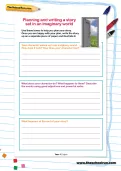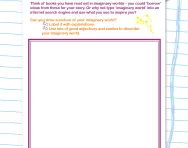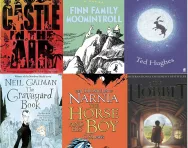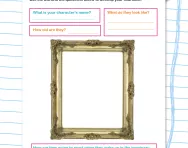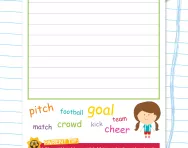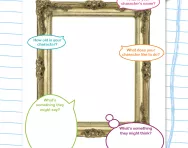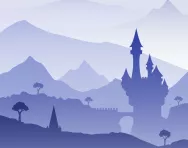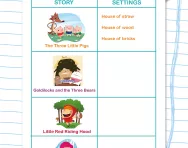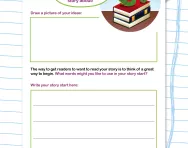Important update from TheSchoolRun
For the past 13 years, TheSchoolRun has been run by a small team of mums working from home, dedicated to providing quality educational resources to primary school parents. Unfortunately, rising supplier costs and falling revenue have made it impossible for us to continue operating, and we’ve had to make the difficult decision to close. The good news: We’ve arranged for another educational provider to take over many of our resources. These will be hosted on a new portal, where the content will be updated and expanded to support your child’s learning.
What this means for subscribers:
- Your subscription is still active, and for now, you can keep using the website as normal — just log in with your usual details to access all our articles and resources*.
- In a few months, all resources will move to the new portal. You’ll continue to have access there until your subscription ends. We’ll send you full details nearer the time.
- As a thank you for your support, we’ll also be sending you 16 primary school eBooks (worth £108.84) to download and keep.
A few changes to be aware of:
- The Learning Journey weekly email has ended, but your child’s plan will still be updated on your dashboard each Monday. Just log in to see the recommended worksheets.
- The 11+ weekly emails have now ended. We sent you all the remaining emails in the series at the end of March — please check your inbox (and spam folder) if you haven’t seen them. You can also follow the full programme here: 11+ Learning Journey.
If you have any questions, please contact us at [email protected]. Thank you for being part of our journey it’s been a privilege to support your family’s learning.
*If you need to reset your password, it will still work as usual. Please check your spam folder if the reset email doesn’t appear in your inbox.
Planning and writing a story set in an imaginary world
Why is it important to write fantasy stories at KS2?
Learning to write fantasy stories is important for Key Stage 2 (KS2) children for several reasons:
- Creativity and imagination: writing fantasy stories encourages children to use their imagination and creativity to invent new worlds, characters, and magical elements. This fosters creative thinking and helps children develop their own unique ideas.
- Language development: writing fantasy stories allows children to experiment with language in creative ways. They can explore descriptive language, metaphors, similes, and other literary devices to bring their imaginary worlds to life.
- Emotional expression: fantasy stories provide a safe space for children to explore complex emotions and themes. Through their characters, children can explore issues such as friendship, courage, fear, and empathy, which can help them develop emotional intelligence.
- Engagement and motivation: fantasy stories can captivate children's interest and motivate them to write. The freedom to create fantastical worlds and characters can make writing more enjoyable and engaging for children, encouraging them to practice their writing skills.
How can you teach your KS2 child to write a fantasy story?
Teaching KS2 children to write fantasy stories involves igniting their imagination and guiding them through structured steps. Start by introducing the fantasy genre and discussing its key elements like magical worlds and fantastical creatures.
Guide children in outlining the plot of their fantasy stories, emphasising the importance of conflict, obstacles, and resolution. (This planning and writing worksheet is a great starting point for prompting creative thinking and building a story about an imaginary world.)
Encourage them to weave together their characters, settings, and plot lines into engaging narratives. As they write, provide support and feedback to help them craft descriptive language, dialogue, and sensory details that bring their fantasy worlds to life.
What are examples of fantasy stories for KS2 children?
There are numerous fantasy stories suitable for KS2 children, ranging from classic tales to modern favorites.
Here are some examples:
- Harry Potter series by J.K. Rowling
- The Chronicles of Narnia by C.S. Lewis
- Percy Jackson & the Olympians series by Rick Riordan
- His Dark Materials trilogy by Philip Pullman
- The Spiderwick Chronicles by Tony DiTerlizzi and Holly Black
- How to Train Your Dragon series by Cressida Cowell
Check out our list of the best fantasy adventure stories for kids.
